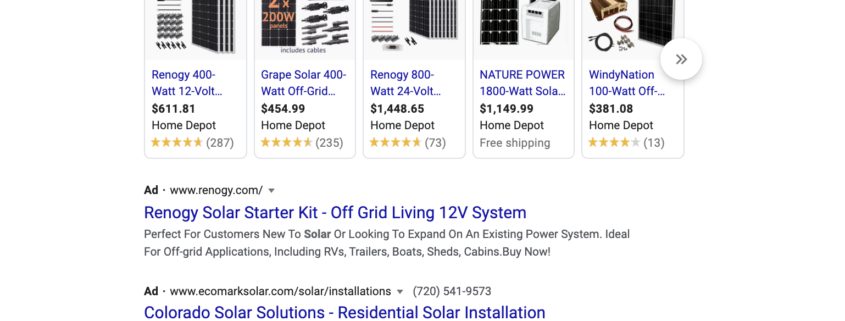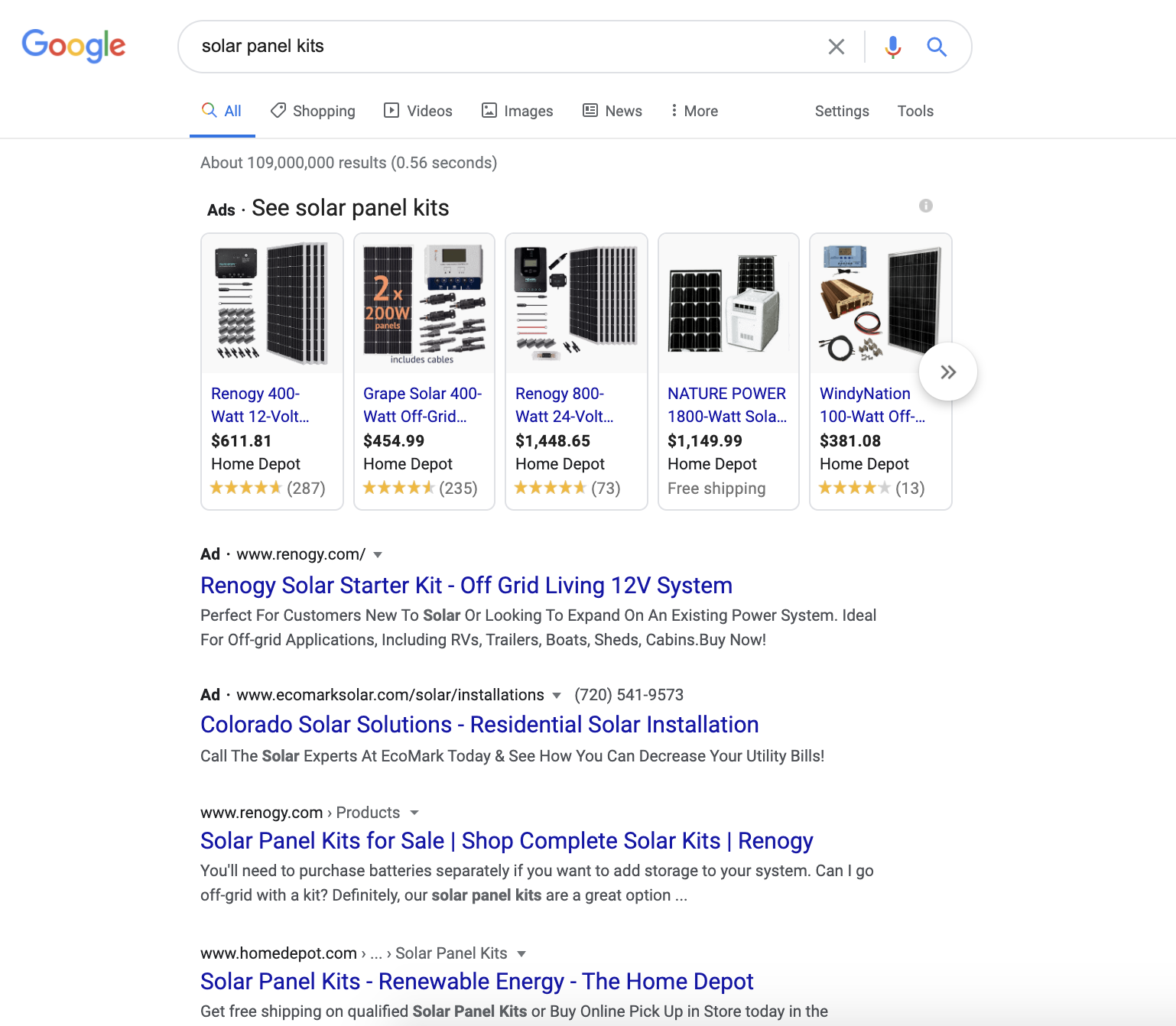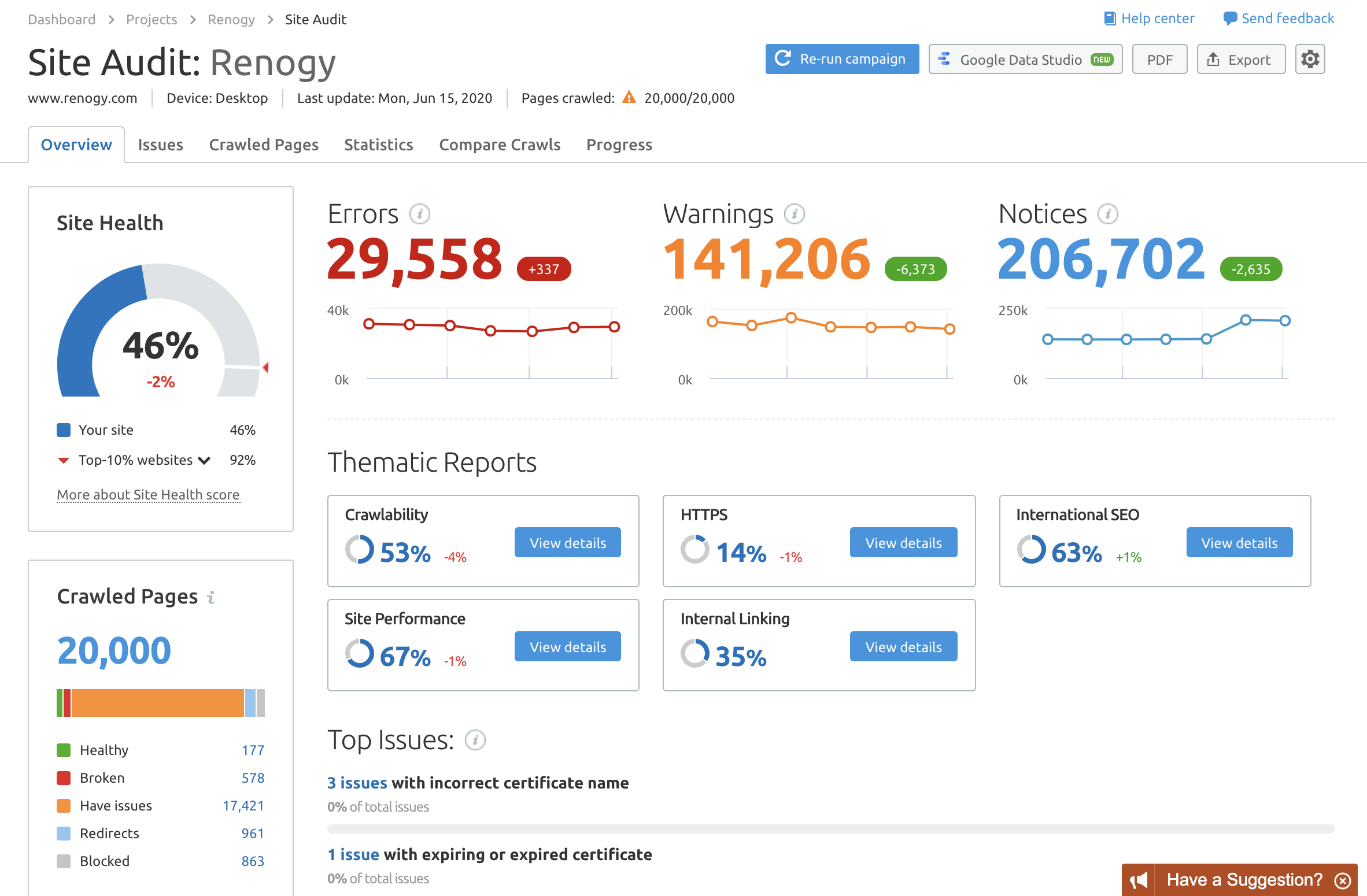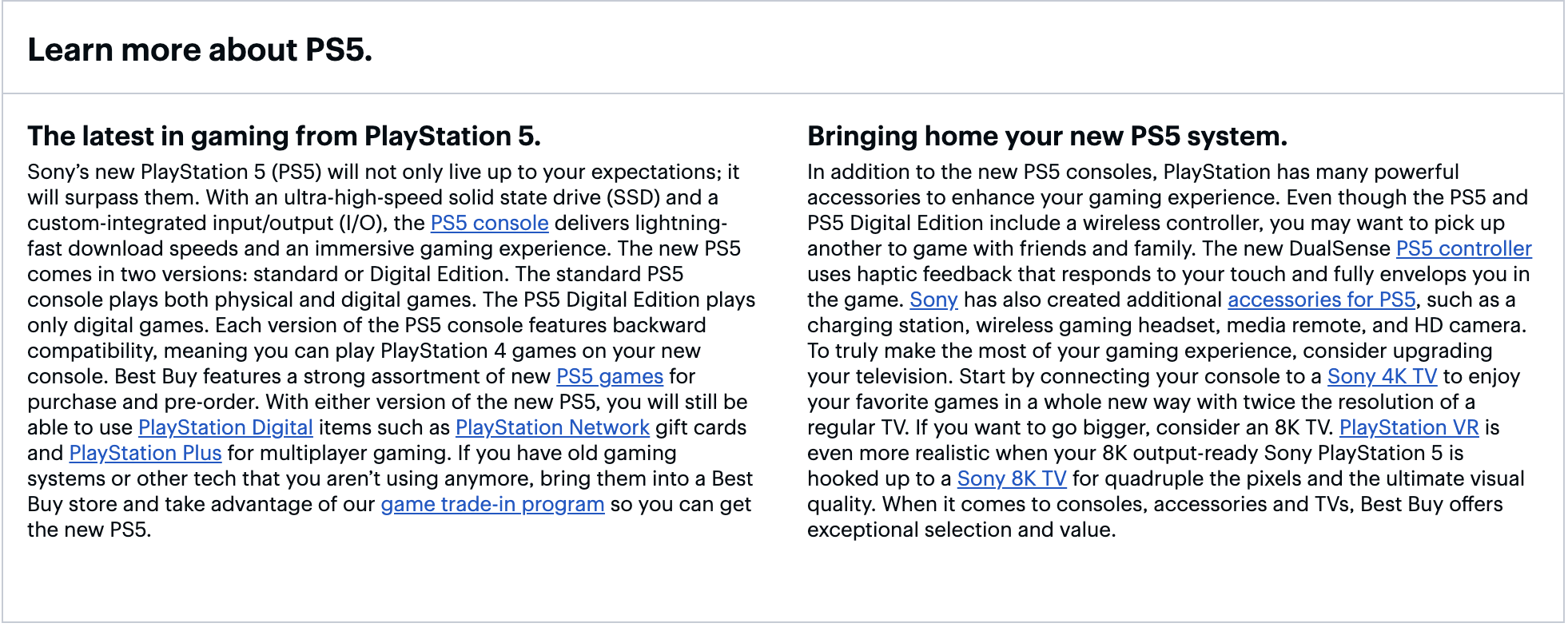How We Outranked Home Depot for the #1 Position
Renogy approached Tuff to handle all of their SEO needs for their US and international websites. Tuff had previously been creating blog content for Renogy’s US website but was not managing technical SEO or anything else.
We analyzed all of their existing websites and put together a comprehensive SEO strategy to increase organic traffic and revenue. This is how we did it.
Technical SEO
When we first took over SEO implementation for all of Renogy’s international sites nobody had previously been maintaining their technical SEO. With that being said, it’s no surprise that there were quite a few errors that needed to be addressed.
This isn’t to say that the websites were in bad shape, they just weren’t SEO-optimized and there’s a big difference. So our first step was to make sure that all the international websites were SEO-optimized. This is how we did it…
International SEO (hreflang tags)
The first issue to tackle was the hreflang tags, and Renogy had about 16,000 of them.
If you have multiple versions of a page for different languages or regions, hreflang tags are a way to tell Google about these variations.
For instance, you may have a US and UK website and they’re both in English but one is in US English and one is in British English. Aside from having two different URLs – either uk.domain, domain.uk, or domain.com/uk – we need to specifically tell Google about the language differences.
The same goes for international versions with completely different languages such as German, French, or Chinese, etc.,
Some of the most common hreflang tag errors are:
- Not having any hreflang tags
- Having incorrect hreflang tags (Ex. having your French tags on your German site)
- Hreflang tags being incorrectly coded
- No self-referencing hreflang tags
The most common issue is not having any self-referencing hreflang tags, and that’s the issue that we were dealing with on Renogy’s websites. Fortunately, this can be solved programmatically so it’s not extremely time-consuming to fix all 16,000+ errors.
Meta Descriptions
Once the hreflang tags were fixed, one of the most common technical SEO errors across all websites has to do with meta descriptions. Whether it be missing or duplicate meta descriptions, this is something that commonly goes unnoticed.
Sometimes these fixes can be done programmatically by pulling the first sentence on the page and setting it as the meta description but for a variety of reasons, this wasn’t possible for Renogy. One of those reasons is that their website is hosted on Big Commerce and this makes it more difficult. Another reason is that the first sentence wasn’t ideal for a meta description.
So long story short, I began manually fixing and creating hundreds of meta descriptions so that there weren’t duplicate or missing meta descriptions across all of their international websites.
Internal Linking & Broken Internal Links
Internal links are a very important part of technical SEO, whether it be improving the internal linking throughout the website or fixing the broken links. We did both, starting with the broken links.
Having broken internal links on your website is another common SEO issue that can not only harm your organic performance but also your user experience and revenue.
When fixing the broken links, my initial focus was on top-performing product pages to make sure we weren’t losing revenue due to users not being able to purchase the product.
This is another manual fix so some of it was done in unison with the meta description fixes since I was already going through the pages manually.
No-indexing Pages
It’s important to remove low-quality pages from Google’s search engine.
Most of us have a habit of wanting all pages to be indexed in Google and I understand it. But when we think about how Google ranks a website, it doesn’t make sense to have our blog tag archives, author archive pages, and other similar pages indexed in Google, for a few reasons.
- When you search for something in Google, you are presented with its search engine results page (SERP) and for that reason, Google doesn’t like to direct traffic to another SERP, even if it’s your own website’s SERP.
- This typically isn’t a good user experience. If someone is searching for
- For these reasons, Google won’t rank these pages very well and if you have a lot of low-quality pages, it will eventually harm your whole website.
For these reasons, we no-indexed any low-quality archive pages that were on the Renogy website.
Content Creation
Now that the technical SEO is all done, let’s talk about the SEO content strategy and content creation that we executed.
We began by creating a few pillar pieces of content that we could build a cluster strategy around. We defined a few high-traffic keywords that were essential to the business and created high-quality content around those topics. These pieces of content live at the top of the Renogy blog.
We then created 3 to 4 pieces of related content that we used to link to these hub pages as well as internally linked dozens of existing content.
Aside from the hub pages, we consistently produce one new blog post each week for each of Renogy’s website properties.
The other main piece of content that we created was what we refer to as customer service content.
E-commerce Customer Service Content
E-commerce Customer Service Content is essentially FAQ data that is specific to the page that it is on. Not only is it helpful for SEO, but it’s also helpful for the user experience.
You can find this content on all the major ecommerce websites.
Ex. Amazon
Ex. Best Buy
Renogy was missing this content on their core category solar panel listing pages, including their solar panel kits listing page, and by adding it, it helped us increase organic rankings of these pages and in return, drive more sales.
We’ve seen the most significant organic improvements to the pages that we added this customer service content to.
Results
After all of these improvements and about 6 months’ time, we are ranking #1 in Google for ‘solar panel kits’ – outranking Amazon and Home Depot when we previously weren’t ranking in the top 100. We also rank #4 for ‘solar kit’ when we previously weren’t ranking in the top 100.
In addition to that, we increased our ranking for ‘solar panels for sale’ from position 12 to position 5.
We’ve also seen significant improvements in tons of other organic keywords that are essential to Renogy’s business and bottom line.
As I write this, organic traffic is up over 32% from when we finished our implementations and organic revenue is steadily increasing and growing about 37% quarter over quarter.

Derek is a digital marketer based in Boston, Massachusetts with almost a decade of hands-on SEO experience. He finds it meaningful, challenging, and exciting to develop, test, and implement new SEO strategies. When he’s not auditing websites and optimizing content he’s usually backpacking and exploring new cultures.









